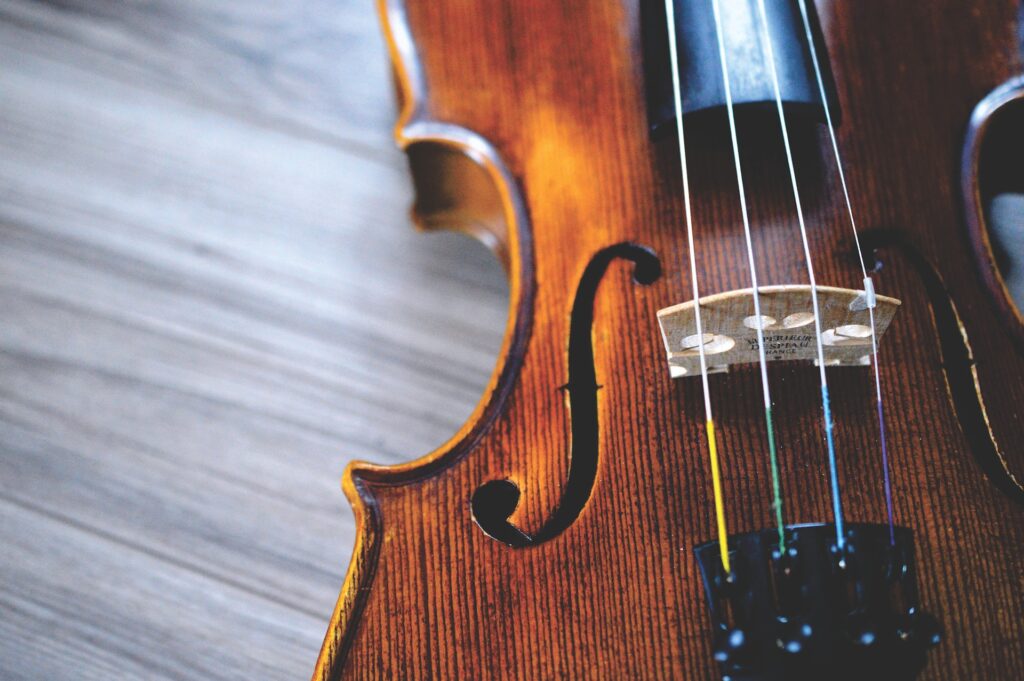When it comes to classical music, strings are really the stars of the show. With a wide range of tones and depths, they give orchestral music a richly layered sound. But how much do you really know about these amazing instruments?
1. There are 300+ different stringed instruments.
When we think of the string family, we typically picture four instruments: from smallest to largest, they are the violin, viola, cello, and contrabass. But they’re hardly alone. If you count the different types of stringed instruments from around the world, you’ll surpass 300! Many, like the guitar and harp, are plucked or strummed by the player instead of played using a bow. The piano is also considered a stringed instrument, although it also falls into the percussion category.
2. It takes a LONG time to build a string instrument by hand.
It typically takes a master craftsman about 250 hours to build a violin or its cousin the viola, and two or three times as long to build a cello. It’s a painstaking process. Dedicated violin makers may cure the wood used for decades before it goes into an instrument, as well as create their own varnishes. Creating a quality instrument is a Big Deal, which is why well-made violins become treasured items that may be passed down for generations. The most expensive violin in the world, a beauty built in 1741, sold in 2012 for (reportedly) more than $16 million. Now, that’s an investment!
3.The oldest cello is here in the U.S.
The oldest cello known to have survived to the modern day is called “The King,” and while scholars have not been able to determine the exact date of its creation, they believe it was built sometime between 1538 and 1560. It lives in the National Music Museum, which is located on the University of South Dakota campus in Vermillion, South Dakota. The King had only three strings and was owned by French royalty, evidenced by the artwork on its back and sides. The artwork shows where the instrument was shortened by about two inches in 1801.
4. It’s all about that bass.
If the name contrabass doesn’t ring a bell, you’ve probably heard this instrument called by one of its other names: double bass, upright bass, bass fiddle, bass violin, bass, or (our personal favorite) the bull fiddle. It doesn’t often grab the limelight today, but in the 1950s it was used more frequently than the bass guitar.

